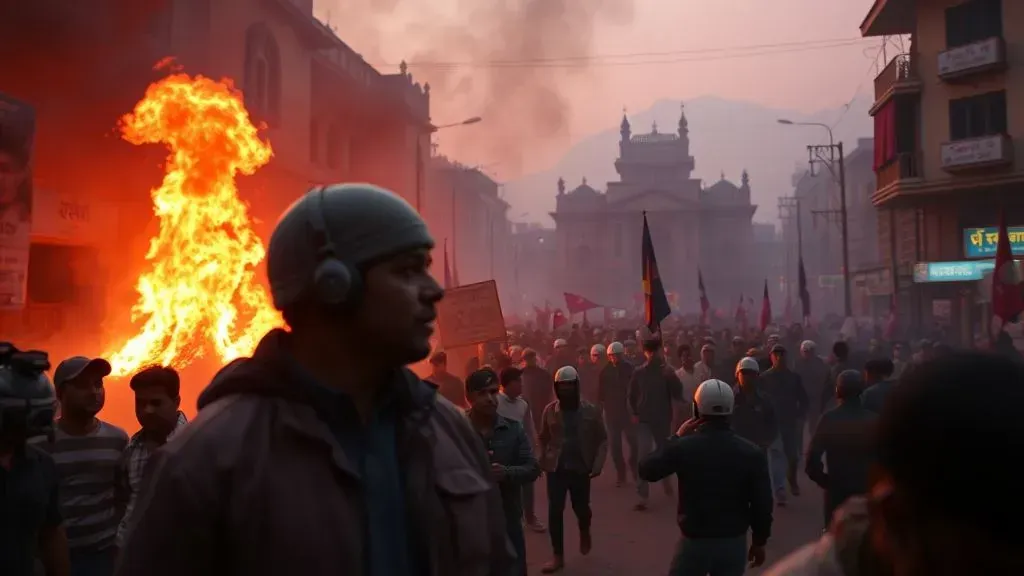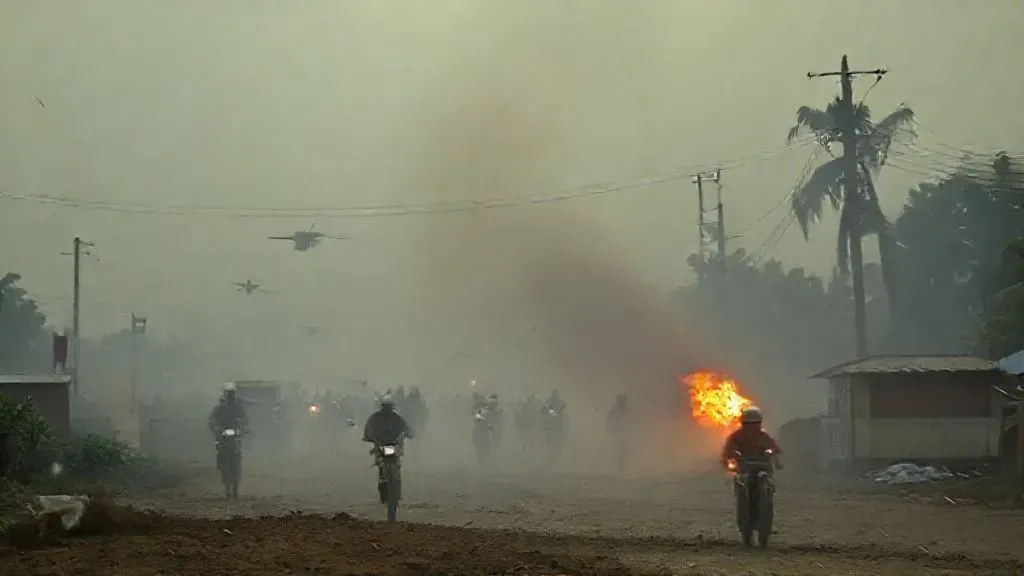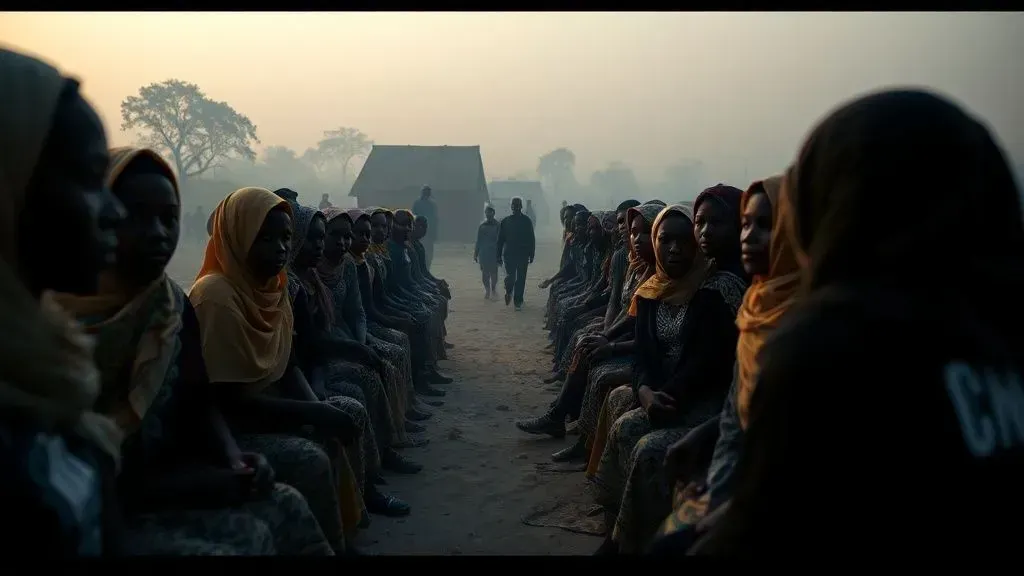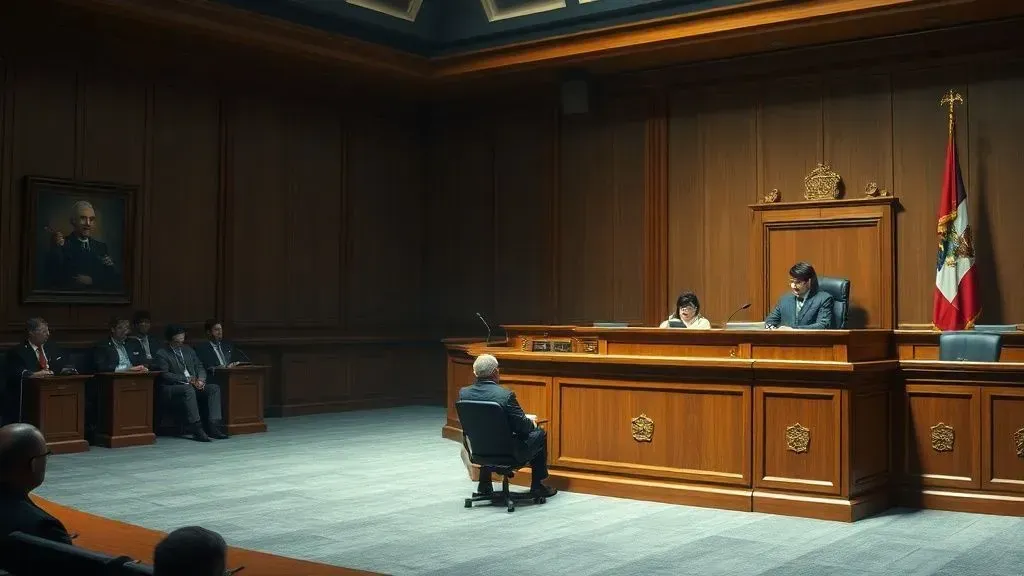
Over 2,000 young Nepalis migrate abroad daily for jobs, underscoring a 20% youth unemployment rate that breeds discontent. This trend amplified anti-corruption protests, forcing Prime Minister KP Sharma Oli to resign on September 9, 2025. The unrest, sparked by a social media ban, exposed deep governance flaws.
Background of the Unrest
The government imposed a ban on platforms like Facebook and X last week, citing disinformation. Critics viewed it as an effort to silence anti-corruption voices, according to Reuters reports.
This move ignited Gen Z protests, reflecting broader frustration with political elites' lavish lives amid economic hardship. Nepal has seen 14 prime ministers since 2008, highlighting instability, as noted by BBC analysis.
Youth, facing limited opportunities, channeled anger into street actions. The ban's lift failed to quell demands for systemic change.
Key Events in the Protests
Clashes erupted in Kathmandu, with police firing on crowds, resulting in 19 deaths and over 100 injuries, per Al Jazeera. Protesters defied curfews, torching parliament and the prime minister's office.
Fires spread to politicians' homes, forcing helicopter evacuations of ministers. Smoke disrupted Kathmandu's airport, canceling flights and stranding travelers.
Unrest extended to other cities, with jailbreaks in western districts freeing hundreds. The army stepped in to restore order, urging dialogue.
Voices from Officials and Protesters
Prime Minister Oli stated,
In view of the adverse situation in the country, I have resigned effective today to facilitate the solution to the problem,
as reported by multiple sources including Reuters.
Army Chief Ashok Raj Sigdel emphasized,
It is our common responsibility to maintain law and order, ensure national unity and not to let additional loss of life and property,
according to BBC.
Protester Muna Shreshta, 20, declared,
It is high time our nation, our prime minister, and anyone in power changes, because we need to change,
highlighting youth optimism for reform.
Sudan Gurung, a key protest figure, proclaimed,
The Nepal government has fallen, the youth have won the protest. The future is ours,
per Al Jazeera.
Social Media's Role and Public Reactions
The ban targeted apps for not registering, but protesters used remaining channels to organize. Restoration came too late, as anger boiled over corruption.
One viral post captured protesters storming parliament, amplifying global awareness. Such content fueled the movement's momentum.
Another high-engagement tweet showed fire at government buildings, drawing international scrutiny. These embeds illustrate real-time public sentiment.
Ongoing Situation and Implications
Despite Oli's exit, demonstrations persist, demanding justice for victims. President Ram Chandra Poudel called for peaceful talks, as unrest creates a power vacuum.
The army assumes security control from evening, aiming to prevent further chaos. Analysts compare this to uprisings in Bangladesh, signaling regional youth-driven change.
Economic fallout includes disrupted remittances, vital for Nepal's 30 million people. Governance reforms could stem migration trends.
Analysis of Broader Trends
This uncategorized crisis reveals how digital restrictions backfire in connected societies. Youth leverage social media to challenge entrenched corruption effectively.
Nepal's weak institutions, marked by frequent leadership shifts, exacerbate public distrust. Addressing unemployment remains key to stability.
International observers, like UN rights chief Volker Turk, express alarm and advocate dialogue. The U.S. urges non-violence, supporting democratic processes.
Protests highlight Gen Z's role in politics, prioritizing accountability over traditional alliances. This could inspire similar movements elsewhere.
The events demonstrate social media's power in mobilizing masses against perceived injustices. Policymakers must adapt to digital realities.
Ending corruption requires transparent systems, as protesters demand. Nepal's path forward involves inclusive reforms.
This upheaval in Nepal illustrates the fragility of governance amid economic pressures, relevant to understanding global anti-corruption waves. It offers lessons on youth empowerment and the risks of suppressing digital freedoms.



